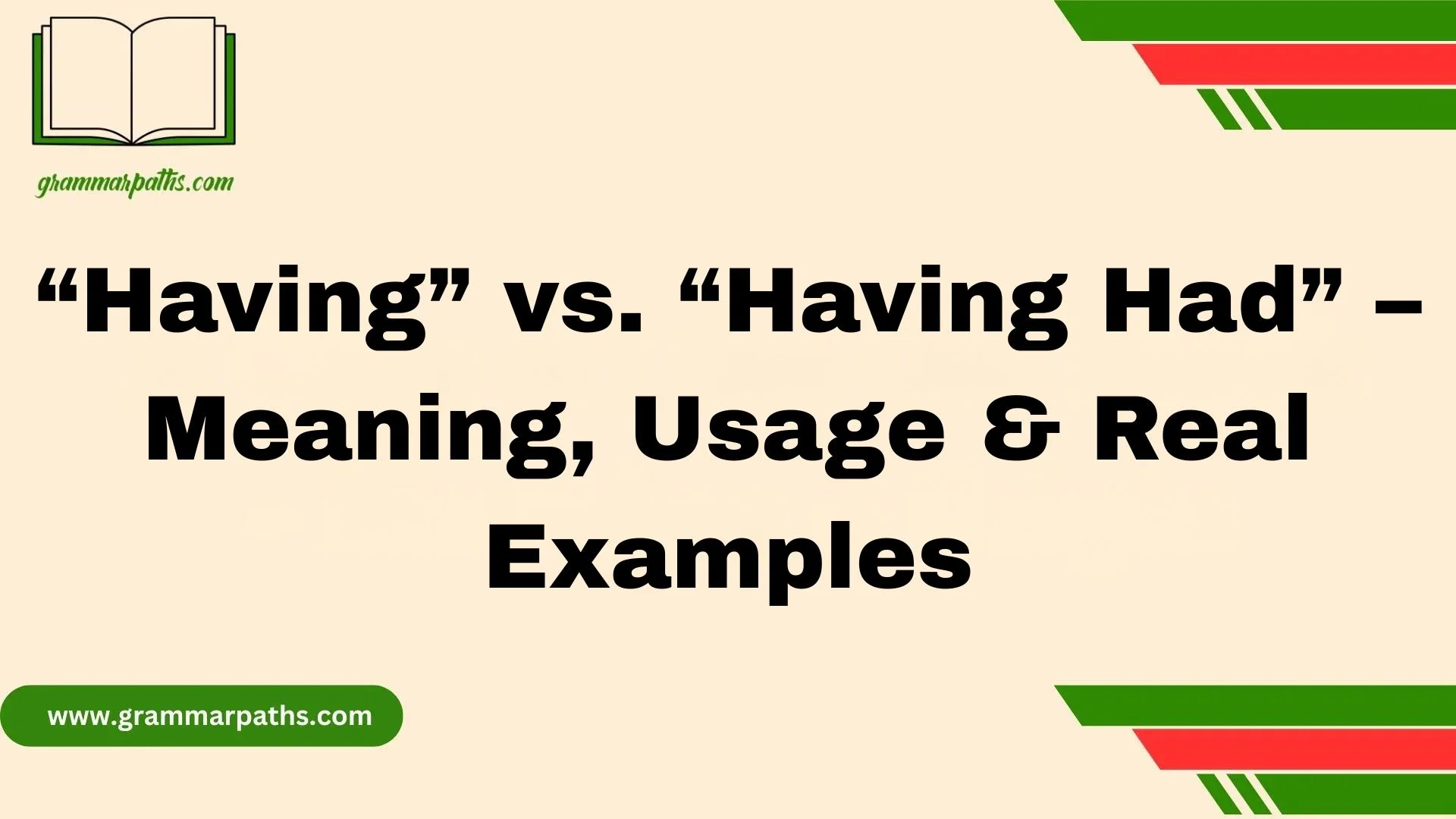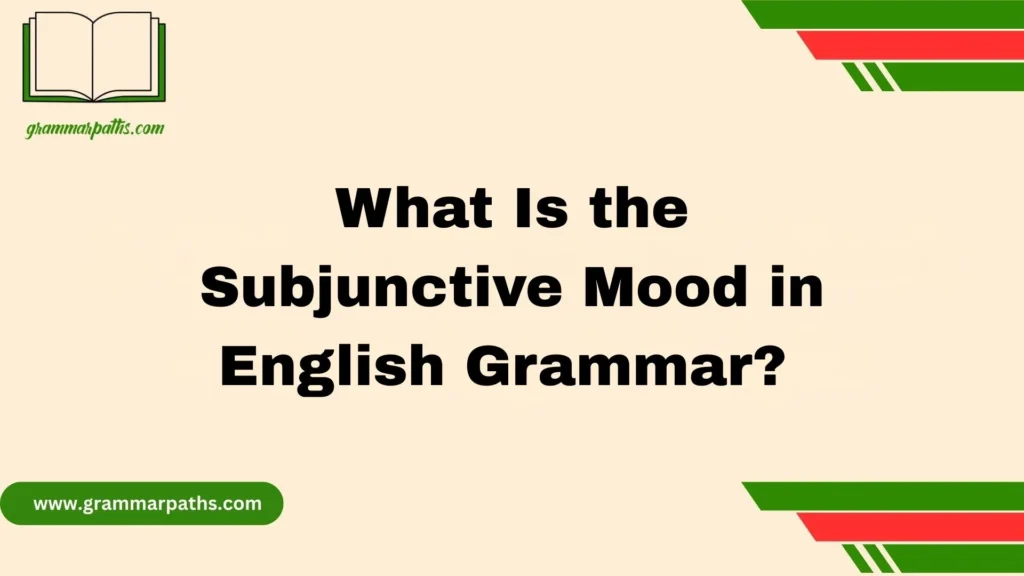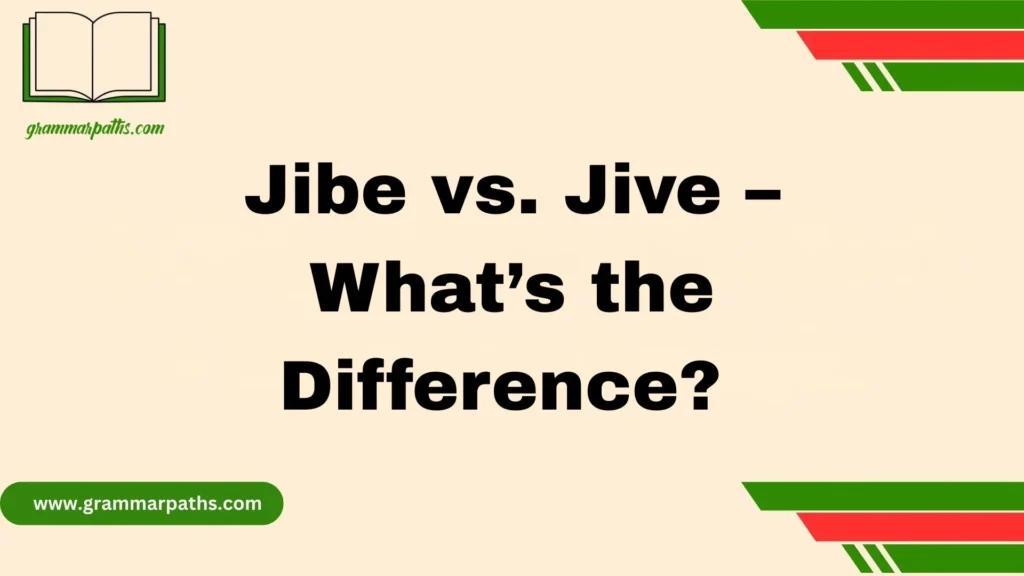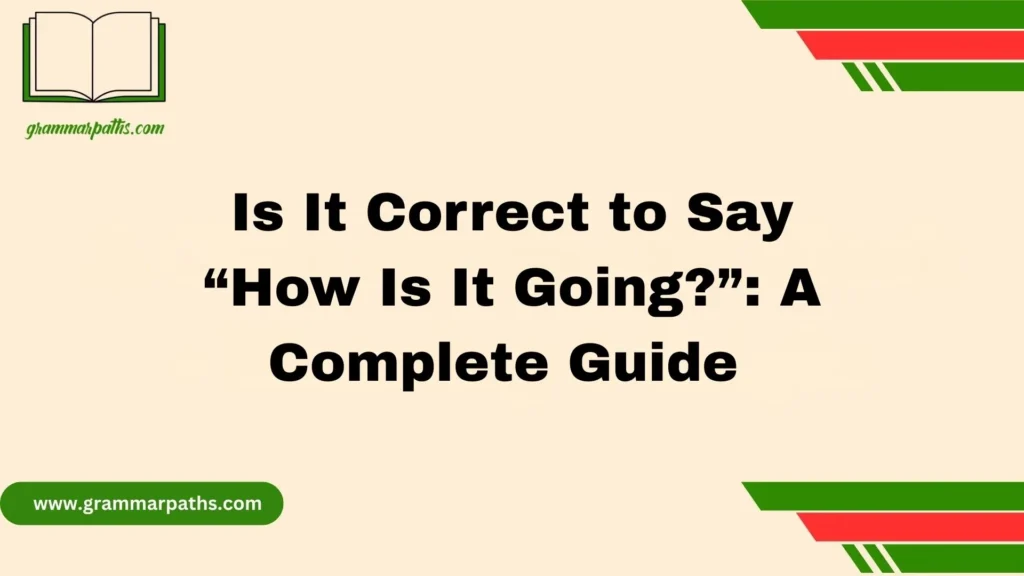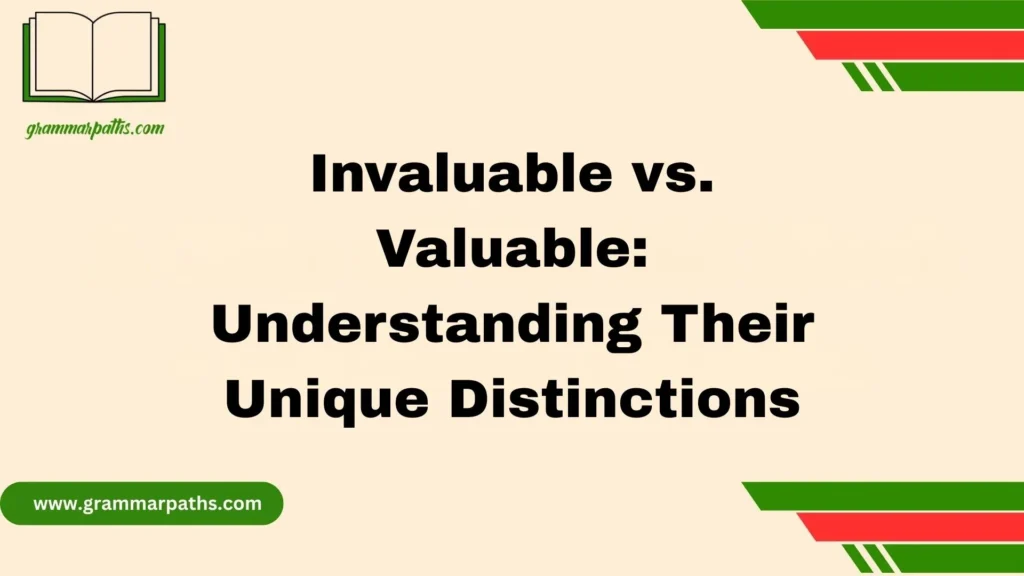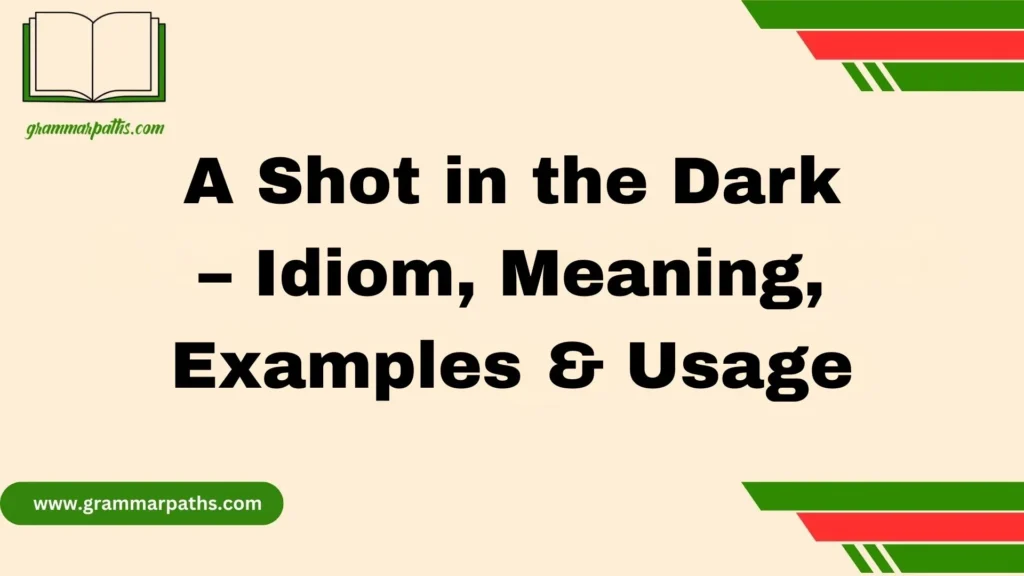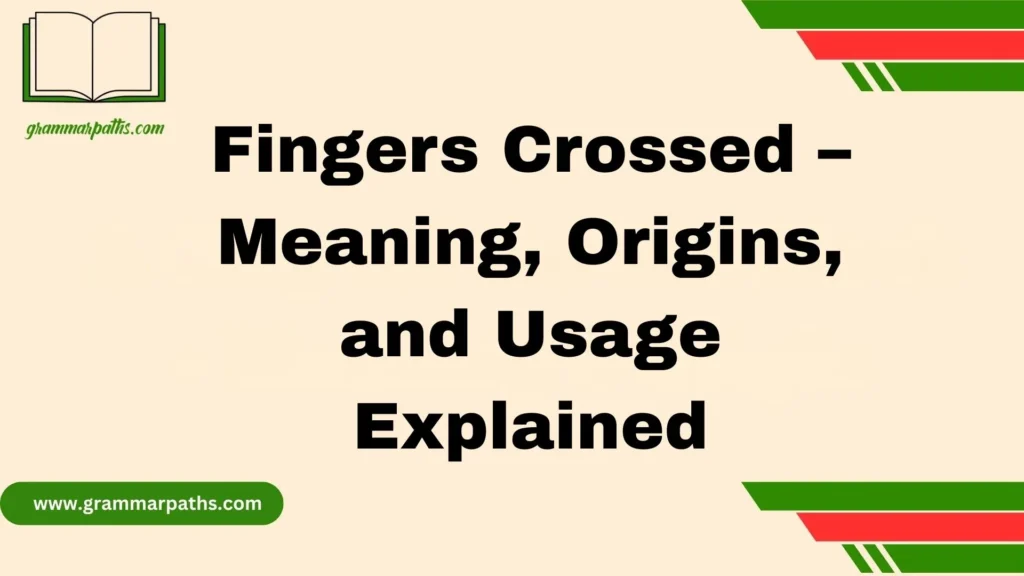In the world of English grammar, Having vs. Having Had – Usage & Grammar matters when showing one action is finished before another in the past. A sentence like “Having completed the report, she relaxed” shows the task was already done, giving your writing strong clarity and flow. I often show learners how this form creates efficiency, trimming unnecessary words while sounding more polished. It’s the kind of structure that shines in academic writing, professional speech, and fluent English. Once you get used to spotting it, you’ll naturally start using it with more ease.
From my own editing work, I’ve seen this subtle upgrade build much better sentences. Take “Having studied the topic, they joined the discussion with confidence” — the learning happened earlier, which shapes the sentence smoothly. This form adds both power and rhythm to your writing, especially when used in structured, clear phrases. Its role in advanced communication is often overlooked, but mastering it will boost your grammar naturally and effectively.
Why Even Native Speakers Get Confused
Let’s start with two sentences:
- “Having had time to reflect, I changed my answer.”
- “Having lunch, she checked her phone.”
Both are grammatically correct, but they’re not interchangeable. One describes a past experience; the other talks about something happening at the same time as something else.
Even native speakers mix these up. Why? Because the difference is subtle but important. And once you understand the context and structure, it becomes easy to spot and use correctly.
What Does “Having” Mean?
“Having” is the present participle form of the verb “have.” It’s used to describe actions that are happening now or at the same time as another action.
Examples:
- “Having breakfast, she read the newspaper.”
- “Having a pet requires responsibility.”
- “Having no idea what to do, he froze.”
Here’s what “having” is typically used for:
- Ongoing or simultaneous actions
- Expressing possession or experience
- Starting participial phrases (to combine two actions in one sentence)
Tip: “Having” works well when you’re compressing ideas into fewer words, especially in essays or summaries.
What Does “Having Had” Mean?
“Having had” is a more complex structure. It’s called the perfect participle. It’s used when one action was completed before another action in the past.
In simpler words: You’re talking about the past of the past.
Examples:
- “Having had three cups of coffee, I was wide awake.”
- “Having had years of training, she handled the challenge easily.”
- “Having had no sleep, he struggled to focus.”
So, when you want to show that something was already finished before something else happened, use “having had.”
Visual Timeline:
- Having had breakfast → Then went to work
“Having” vs. “Having Had” – Side-by-Side Comparison
Here’s a table that highlights the key differences:
| Feature | “Having” | “Having Had” |
| Verb Type | Present participle | Perfect participle |
| Time Reference | Now or simultaneous with other | Completed action before another past one |
| Formality Level | Casual to neutral | More formal, used in reflective tone |
| Common in | Speech, casual writing | Essays, resumes, formal writing |
| Example | “Having lunch, she smiled.” | “Having had lunch, she left for work.” |
How It Looks in Real Life: Students, Teachers, and Professionals
For Students:
- In college essays:
“Having volunteered for two years, I learned leadership.” - For exams:
Choose between “having” or “having had” in fill-in-the-blank questions.
For Teachers:
- Explaining participles with real examples
- Showing how “having had” helps reduce wordiness
- Correcting student writing like:
- Wrong: “Having had to study hard, I pass.”
- Right: “Having studied hard, I passed.”
For Professionals:
- In resumes:
“Having had five years of experience in sales, I exceeded targets.” - In emails:
“Having reviewed the proposal, I have some questions.”
Case Study:
Emily, a job applicant, used “Having had leadership experience in college…” in her cover letter. The phrase helped emphasize her past experience and showed she could write formally. She landed the interview.
Common Mistakes with “Having” and “Having Had”
Let’s break down some of the most common errors people make:
1. Using “having had” when it’s not necessary
Wrong: “Having had to go to the store, I got milk.”
Better: “I went to the store and got milk.”
2. Mixing up “having” with the wrong verb form
Wrong: “Having went to school…”
Correct: “Having gone to school…”
3. Confusing “having had” with “had had”
“Had had” is past perfect (used in normal sentence structure).
“Having had” starts a clause.
Example:
- “I had had enough of the noise.” (Correct past perfect)
- “Having had enough, I left.” (Correct participle use)
4. Placing the phrase incorrectly
Wrong: “She danced all night, having had dinner earlier.”
Better: “Having had dinner earlier, she danced all night.”
When to Use Each Phrase Based on Tone
“Having” sounds more casual or neutral. It’s common in speech and general writing.
Example: “Having fun with friends is the best therapy.”
“Having had” sounds formal, reflective, or serious.
Example: “Having had three different jobs, I finally found my passion.”
Use “having had” when you’re writing essays, reports, or anything that requires a professional tone.
Grammar Breakdown: The Structure Behind It
Let’s get a bit more technical.
Perfect participle = “Having” + Past Participle
- Having gone
- Having finished
- Having had
“Having had” is a specific version of this, where the past participle is “had.”
Example:
- “Having had several chances, he finally succeeded.”
This shows he had chances before the success.
Practical Tips to Master Both Phrases
Here’s how you can get better at using these phrases correctly:
Use “Having” When:
- Actions happen at the same time
- Talking about general facts or states
- Describing current experiences
Examples:
- “Having no time, she skipped lunch.”
- “Having fun matters just as much as studying.”
Use “Having Had” When:
- One action was completed before another past action
- You want to highlight a prior experience
Examples:
- “Having had the flu last week, I’m now feeling better.
- “Having had experience in coding, he solved the bug quickly.”
Practice Sentences: Which One Is Right?
Let’s test your understanding. Which word fits best?
- ___ years of training, she won the tournament.
- Answer: Having had
- Answer: Having had
- ___ a map helps during road trips.
- Answer: Having
- Answer: Having
- ___ lunch, we left for the park.
- Answer: Having had
- Answer: Having had
- ___ seen that movie, I skipped it.
- Answer: Having
- Answer: Having
- ___ studied hard, he passed the exam.
- Answer: Having
Practice like this helps you master the difference naturally.
Key Takeaways
Let’s wrap up the important points:
- “Having” is for actions happening now or at the same time as something else.
- “Having had” is for past actions that were completed before another past action.
- “Having had” is more formal and used for essays, resumes, or storytelling.
- Both are grammatically correct, but the context and tone determine which one is right.
- Use participle phrases to make your writing smoother and more advanced.
Frequently Asked Questions
What is the difference between “Having” and “Having Had”?
Having refers to an action that is still ongoing or closely tied to the present, while Having Had describes something that was completed before another past action. This helps in showing clear time relationships between events in a sentence.
Why is “Having Had” used in formal writing?
“Having Had” adds clarity, precision, and shows sequence. It’s commonly used in academic writing and professional speech because it eliminates confusion and strengthens the structure of your sentences.
Can I use “Having” and “Having Had” in the same paragraph?
Yes, if you’re discussing ongoing and completed actions, both forms can appear in the same paragraph. Just make sure the context clearly supports the time shift.
Is “Having Had” necessary in daily conversation?
While it’s more common in writing, you’ll also hear it in fluent, natural speech. Using it correctly in conversation shows strong command of grammar and enhances your fluency.
How can I practice using “Having” and “Having Had”?
Try writing simple sentences that show two actions, one that happens first. Then replace the first action with “Having” or “Having Had.” Read examples, look for them in texts, and practice rewriting your own writing with these forms.
Final Thoughts
Understanding the subtle grammar difference between Having and Having Had can transform your English from basic to polished. These forms aren’t just technical—they bring clarity, precision, and flow to your writing by showing clear time relationships between actions. Whether you’re writing a report, joining a discussion, or just aiming for more fluent expression, mastering this structure gives your sentences a professional edge.
Once you start spotting and using them with purpose, your confidence in grammar and style naturally grows. It’s a small shift with a big impact—one that adds both power and depth to your voice.
Helpful Resources
- Cambridge Dictionary: Having Had
- Grammarly Guide: Perfect Participles
- Purdue OWL Grammar Guide: https://owl.purdue.edu

Mia Rose is the passionate writer and founder of GrammarPaths.com, a resource dedicated to helping learners master English grammar, idioms, and writing skills with ease. With a deep love for language and years of experience in teaching and content creation, Mia simplifies complex grammar rules into clear, practical guides that readers can instantly apply.
